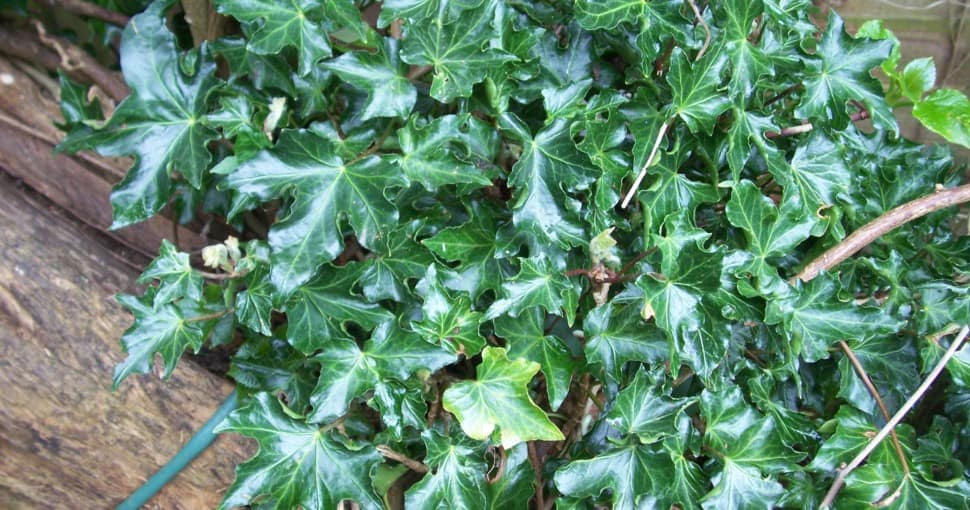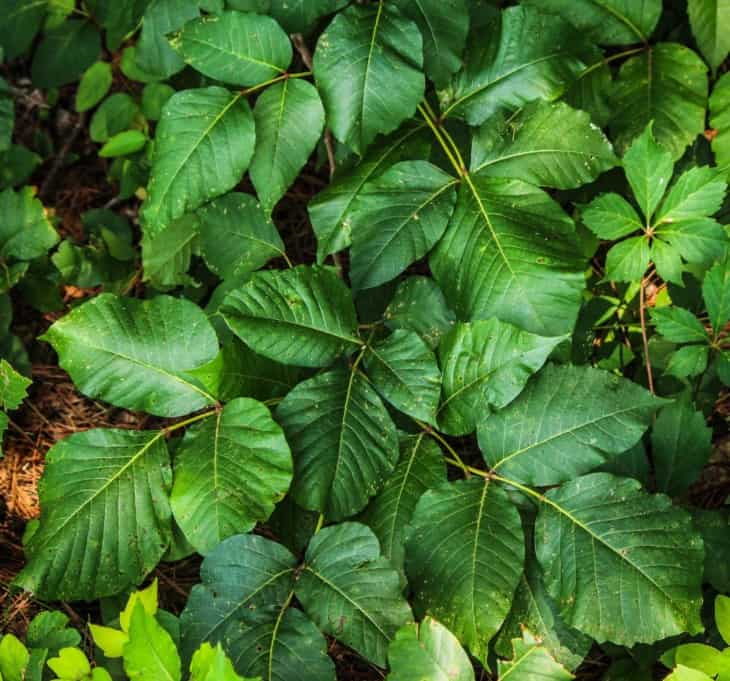Do you have vines and trees in your garden? Are you worried these two will come into conflict? This quick guide to vines that wrap around trees can help you determine if the vines you have pose a threat to your trees.
Contents
Both trees and vines can grow to enormous heights, and both rely on long root systems to soak up moisture and nutrients. Unfortunately, it is these very similarities that are “at the root” of some of the problems gardeners have with putting the two together.
Groundcover vines, for example, can block a trees’ root system. Other vines can grow so long as to completely engulf a tree. These vines can and will choke other plants to remain dominant, and that includes trees.
That said, not all vines have this problem. What you really need to look at in determining whether vines wrapping around your trees will be problematic is the size and nature of the vine itself, and that means doing research on the specific genus and species in question.
What’s more, sometimes vines can prove a nice complement to your garden’s trees. This is due in no small part to the fact that many vine species are incredibly ornate with gorgeous flowers.
These are 10 types of vines that can wrap around trees.
1. English Ivy
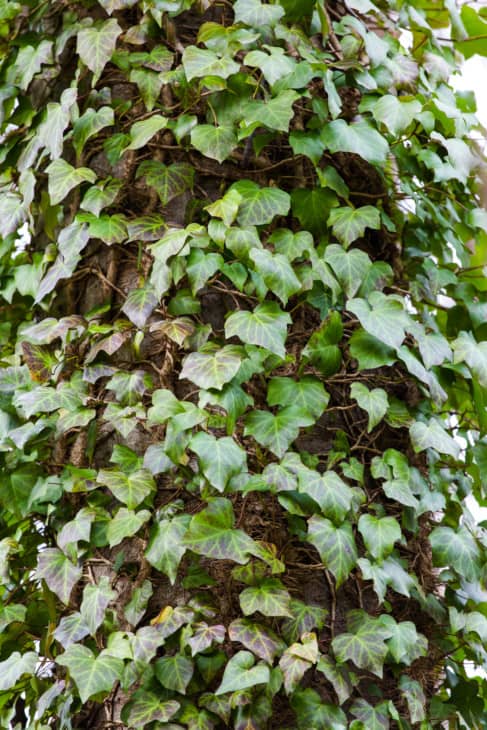
These are by far some of the most ubiquitous types of ivy, though that doesn’t mean its vines are good news for your trees. On the contrary, the vines from English ivy not only cling to the trees but can cluster near their bases, depriving them of moisture and nutrients.
As long as you keep them away from your trees, however, they can make for elegant wall and garden decorations. They are natural ground cover options that feature deep dark green leaves, and once they mature they come into bloom with gorgeous green flowers that boast a whitish tinge in the fall.
That said, you need to be careful of their height. English ivy is quite the climber – another reason they’re a problem for trees – with vines and full plants being able to grow up to 30 ft.
2. Hedera Helix ‘Ivalace’
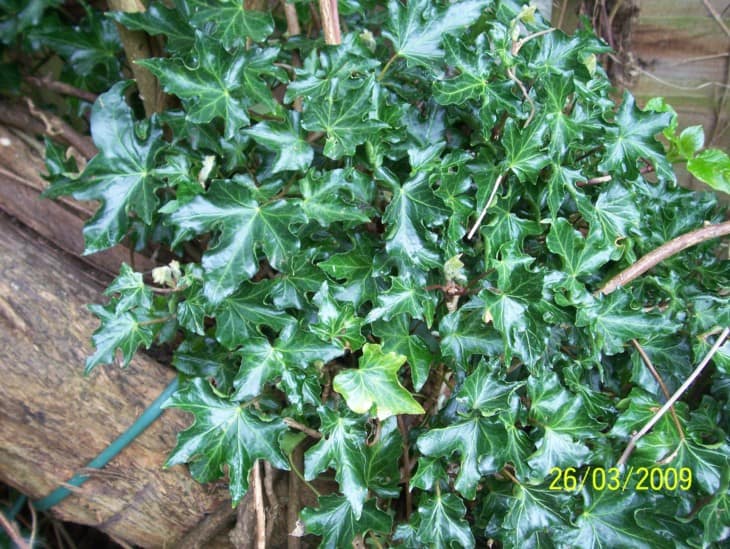
Another variant of English ivy, this was actually the Ivy of the Year as voted by the American Ivy Society. They’re a lovely evergreen variety and eager climber, though they grow to a much lesser degree than their English cousin, with the average specimen roughly 3 ft tall and 4 ft wide.
Ivalace is also vulnerable to a host of potential issues, including leaf spotting, aphids, vine weevil, and aphids. Nevertheless, its vines can still pose a problem for trees (albeit perhaps not as much given its shorter stature).
Unfortunately, Ivalace thrives in the shade, which means it can thrive beneath the shady branches of a big tree. It does best in fertile, well-drained, medium damp soils as well – which, again, can be a problem if it soaks up all that moisture for itself.
3. Boston Ivy
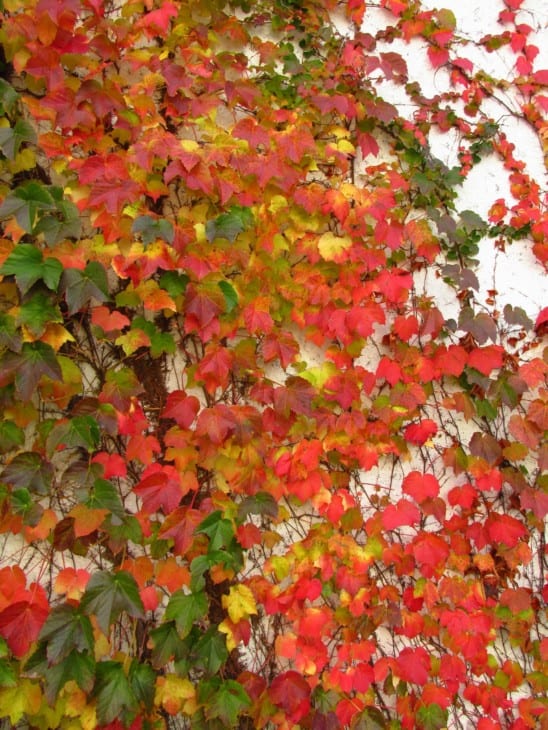
No, we’re still not done with the ivy options, though this is not technically a “true” ivy. Instead, this is a deciduous plant that produces green flowers. Instead English Ivy’s Anglo-European roots, we instead have Africa to thank for the transplants that would eventually become Boston Ivy.
These are a light, bright non-ivy “ivy,” however, and can make a joyous addition to any garden. That said, you’ll still need to erect boundaries around it to stop this ivy and its vines from growing out of control.
That’s because, even though they’re not related, Boston Ivy shares English Ivy’s proclivity for wrapping around trees. Even if it doesn’t grow out of control, its rate of growth coupled with its placement can make it harmful to trees.
4. Japanese Honeysuckle
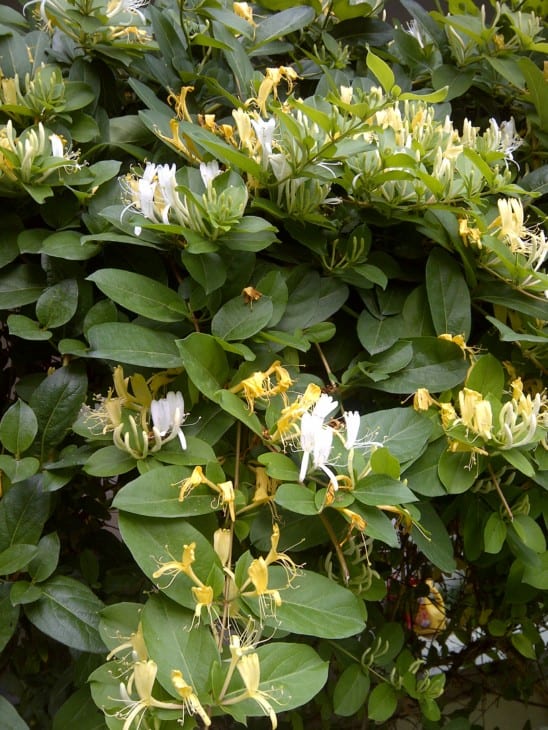
As with many of the vines on this list, Japanese Honeysuckle are a problematic choice for gardens. On the one hand, they can be quite ornamental, given their double-tongued multicolored sweet-smelling flowers. There’s a reason these plants have long been considered fantastic ornamental options.
On the other hand, however, there’s also no denying that these honeysuckles have also long been considered an invasive species. When introduced to areas outside its native environments, it can wreak havoc, including with its 10 m twining vines as they wrap around and harm trees.
Nevertheless, honeysuckles’ flowers are edible for humans, and are a favorite for deer and rabbits. What’s more, the dried flowers of these honeysuckles have long been used in traditional Chinese medicine for fever, cough, sore throat, skin infections, and other conditions.
5. Wisteria
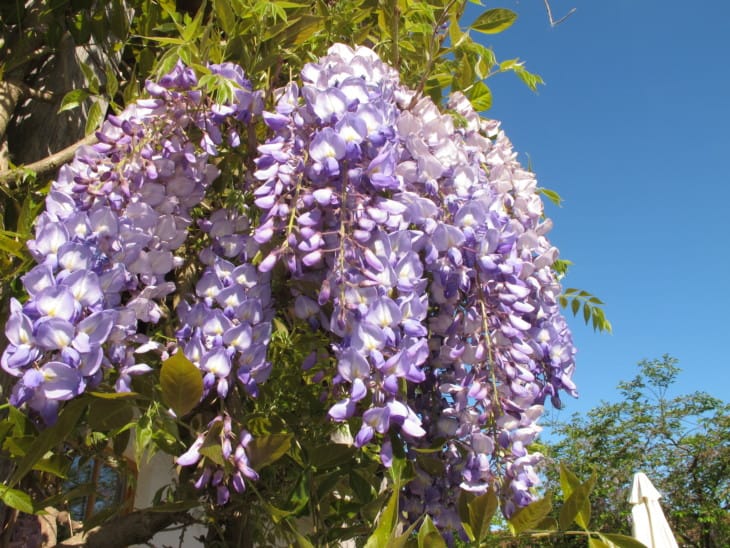
This is another example of a plant with vines that can cause problems for trees. It’s also another example of an invasive species. It is native to China, was introduced in 1816 to Japan, and in the United States around 1830, becoming an invasive species in the latter country.
This is due in large part to Wisteria’s ability to overtake native species, choking them with its vines. Needless to say, this is not the kind of plant you want to have around your trees.
Nevertheless, on their own, wisteria can be quite elegant, boasting violet purple foliage, and they are quite eager climbers as well, being able to reach as high as 20 m off the ground.
6. Kudzu
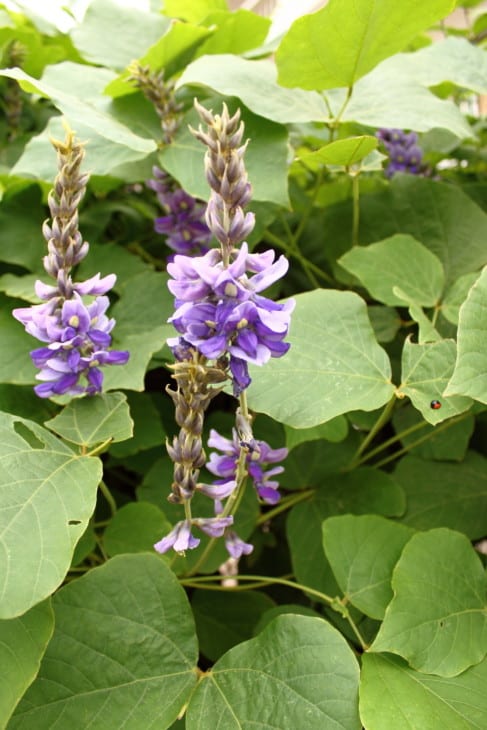
Yet again we are faced with an invasive species that has wrought havoc in its new territory. Native to Japan, these vines were brought over in the 1930s to assist with erosion control – only to cause further problems for trees and native plants.
Part of the problem stems from the fact that these vines can grow insanely long – in excess of 100 m in the right (or, from another perspective, “wrong”) conditions. It is especially prolific in warm areas, with its vines capable of growing at a rate of 12 inches a day.
These vines aren’t shy about climbing over obstacles that get in their way, either. On the contrary, these vines are adept climbers, making them yet another type of vine that can wrap around and cause problems for your trees.
7. Clematis
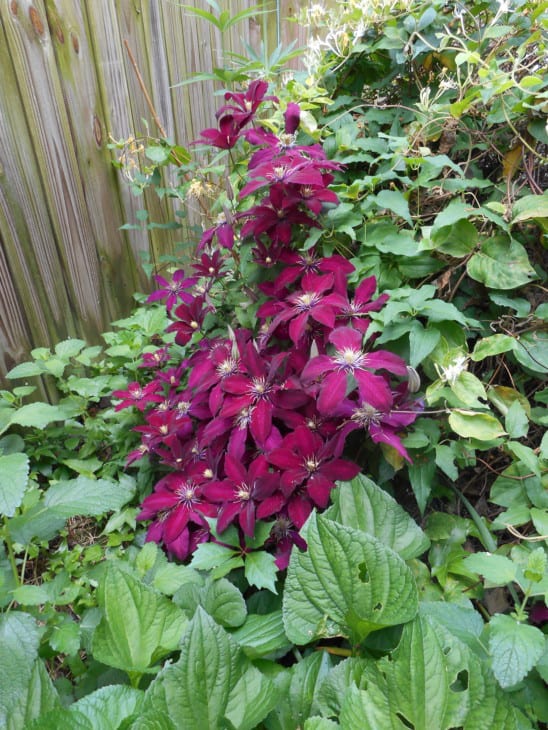
The genus Clematis is home to roughly 300 different species of buttercups with vines, so needless to say there’s a ton of variety here. One bit of good news, however, is that these tend to be smaller and typically aren’t much of a problem for trees.
They are originally from China and Japan. That said, they quickly became a favorite in Britain during the Victorian era, thanks in part to the herbalist John Gerard, and it quickly gained names such as “virgin’s bower” and “old man’s beard.”
It also gained a place in the complex code that made up Victorian Flower Language. Depending on the color and variation, types of Clematis popular in Britain came to symbolize everything from art and mental beauty to poverty.
8. Bignonia capreolata
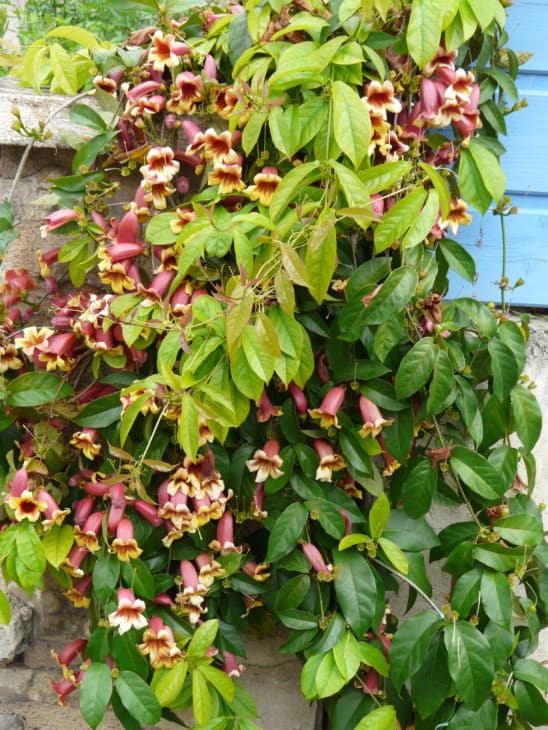
More colloquially known as “crossvine,” this is another variant that is typically not as much of a threat to trees. That said, it can still grow to an incredible extent, being able to reach heights of up to 50 ft, with its claw-tipped tendrils making it easy to scale walls.
A perennial plant, crossvine boasts trumpet-shaped flowers that can bloom into beautiful flowers of orange and yellow. In mild climates, this vine can also be considered an evergreen. Given its robust growth, it requires diligent pruning.
These vines are native to the Eastern United States, and come into bloom as early as April. They form a part of medicinal traditions for several Native American tribes and nations in the region.
9. Passiflora
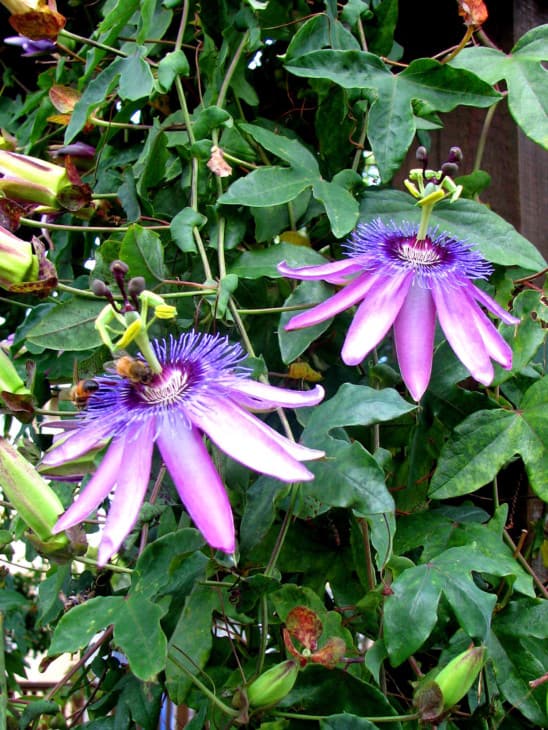
The genus Passiflora (“passion flower”) boasts more than 400 species. Found throughout Mexico and South America, these flowers themselves are on the small side, ranging from ½ in. to 6 in. in diameter. Their vines are not a major threat to trees.
The name comes from the fact that early Spanish missionaries used the flowers when teaching natives about the Passion of Christ. That said, it is also associated with many other religious traditions around the world. For example, in India, deep blue variations have been associated with Krishna.
These are traditional warm weather plants, meaning that they aren’t up for the kind of cold winters that can ravage gardens in colder parts of North America. That said, because the vines can grow up to 20 ft in a single season, this dying off also helps keep them in check.
10. Poison Ivy
You have almost certainly heard of poison ivy, and almost certainly know that it’s a bad idea to have it in your garden or around your trees. Rubbing up against poison ivy can leave you with a nasty itchy rash and pain in the affected area for a few days after the unfortunate encounter.
The old rule of thumb for identifying poison ivy is “Leaves of Three, Let It Be,” referring to its distinctive three leaflet appearance. While the supervillainess Poison Ivy may be one of Batman’s true nemeses, poison ivy itself, like Boston Ivy, isn’t actually a true ivy.
Poison ivy needs to be removed completely – leave some over, and its remnants can give rise to a new crop. Organic methods such as boiling water as well as chemical pesticides can be employed, but whichever you choose, be careful to wear thick gloves at all times.

